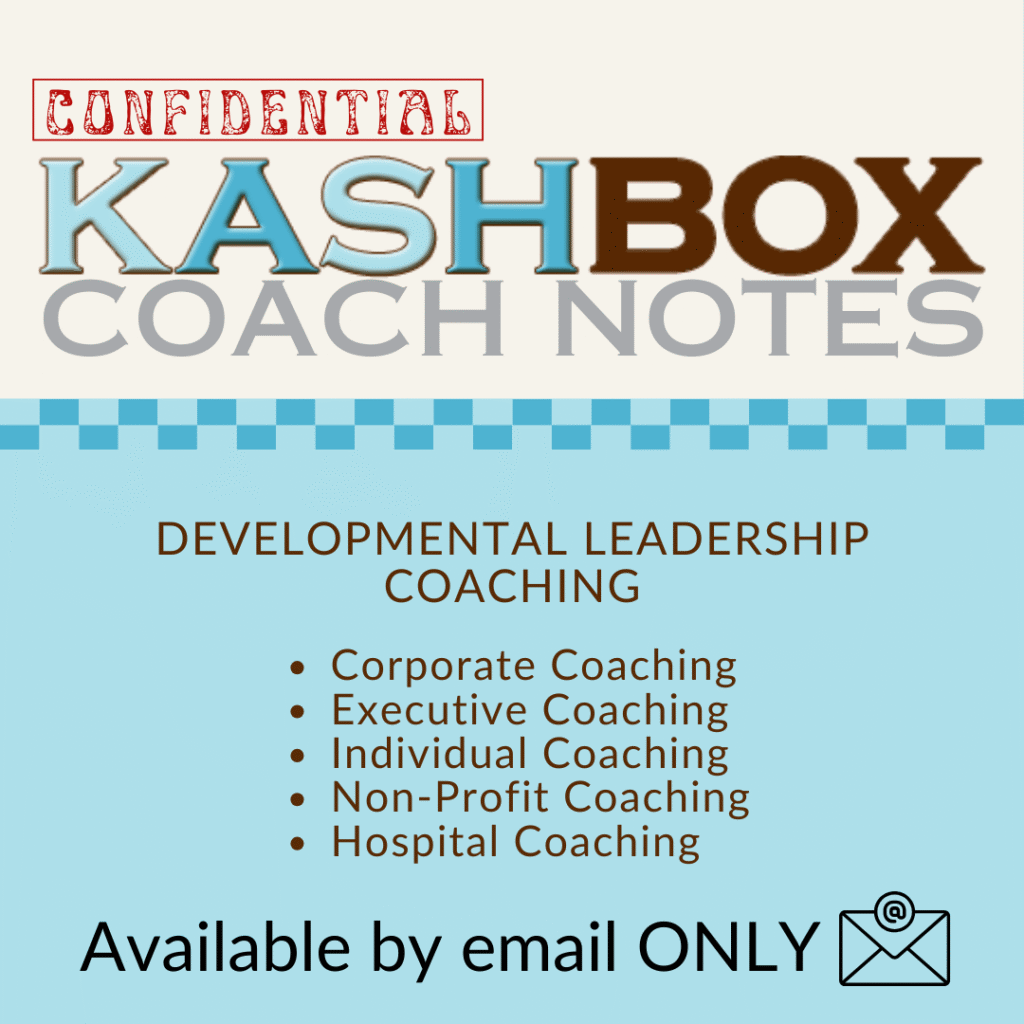Organizations utilize corporate coaching to aid their leaders in times of crisis to enable employees to facilitate the best business strategy for recovery.
As a leader, what strategy are you using for crisis recovery?
If your actions inspire others to dream more, learn more, do more and become more, you are a leader.
John Quincy Adams
The business strategy for crisis recovery has become a top priority for business leaders. We face incredible hurdles, many of which are outside our control. As a result, many leaders have taken drastic measures.
On May 8, 2020, the U.S. Bureau of Labor Statistics reported their findings from two monthly surveys: households (measuring labor force status, including unemployment) and establishment (measuring non-farm employment, including hours and earnings by industry). According to the report, unemployment increased to 14.7% in April, and temporary layoffs increased ten-fold to 18.1 million.
Conversely, some industries (including call centers and IT, warehousing and distribution centers, manufacturing and sales, healthcare, and finance) are seeing a labor shortage, including management and specialty roles. Facing a serious shortage of employees, leaders struggle to recruit and retain qualified candidates.
Whether you’ve had to cut hours, furlough employees, or fill positions, a speedy business recovery requires the right strategy. Smart leaders focus on productivity. They engage their employees in developing and refining processes and systems to improve output.
Productivity Versus Efficiency
Productivity and efficiency are frequently used interchangeably. However, there is a difference when it comes to business strategy. Put simply, productivity is the quantity of work produced. Efficiency, on the other hand, refers to the resources used to produce that work.
Our recent generation of business leaders has focused on efficiency to reduce input and maintain output: doing the same with less. But a speedy business recovery requires doing more with the same: it requires a focus on productivity. This requires careful planning with employee input, allocating resources appropriately, and measuring productivity and efficiency.
Productivity is measured by the change in output per labor hour over a defined period of time. In most businesses, it is directly tied to performance—at all organizational levels. Corporate coaching helps improve performance and enables greater topline growth.
Productivity: Your Key to Speed
How do leaders increase output when employees are pushed to their maximum capacity? They adopt a productivity mindset to improve processes and systems.
Most employees want to be productive. Unfortunately, many are prevented from reaching their capacity because of obstacles created by bureaucracy, old methods, or broken systems. Smart leaders improve productivity by engaging their employees in a bottom-up approach to identify obstacles and inadequate systems.
A survey of 300+ senior executives published by the Harvard Business Review (March 20017) found that leaders with a productivity mindset show faster growth and higher margins than their industry peers. Leaders who focus on people and processes enable peak performance. Great leaders re-think working environments, processes, and infrastructure.

Ready to Find Your Perfect Kashbox Coach?
Every executive and business leader has unique strengths and faces specific challenges. That’s why we offer a diverse team of experienced coaches, each with specialized expertise in different areas of leadership coaching.
Click the button below to match with a Kashbox Coaching leadership coach who can best help you unlock your full potential.
How to Increase Output in the Wake of a Crisis
Rather than focus on efficiency by reducing staff (and demoralizing employees left to pick up the slack), savvy leaders work with corporate coaching and employees to identify ways to increase output. They:
▶ Focus on people and processes. Ensure the right people are in the roles best suited to their strengths and abilities.
▶ Inventory routines and workflow. Examine the “why” and the effort required for each process. Categorize and verify alignment with goals/mission. Identify obstacles, gaps, and redundancies.
▶ Remove obstacles. This includes the organizational drag created by bureaucracy or complex organizational structures that (no longer) align with operations or real sources of value.
▶ Inspire and motivate. Support autonomy and accountability. Recognize efforts, illustrate how they align with goals and mission, and celebrate small and large victories.
Our path to a speedy recovery requires a productivity mindset at all organizational levels. Most managers know more about collaboration, communication, decision-making, and strategic planning than ever. However, managing through a business recovery creates additional pressure: how to increase output during a crisis.
Highly productive teams and business units develop and commit to:
▶ A common purpose: team members shape their common purpose. They understand how their individual and collective actions create value for their clients, the organization, their team, and individuals.
▶ SMART goals: team goals link to their common purpose, and benchmark achievements are recognized throughout the process to energize performance.
▶ Trust in processes: appreciation of diverse skills, mutual accountability, and access to the resources required to reach goals and build continued commitment.
Trust is created and nurtured through ongoing dialog, honest feedback, and follow-up. However, this can be challenging if processes change, new teams form, and/or team members shift to virtual or remote work.
Most of our communication is non-verbal and relies on visual cues. Strong communication is even more important when new team members are from different business units or cultures. Corporate coaching aids leaders in building cohesiveness and commitment to a shared purpose, and trust is critical.
Engage Your Teams
Prepare for the conversation. During a virtual team meeting, explain that you will send each team member a confidential email survey with three questions.
Create your survey. Consider using a spreadsheet to compile the results or a program like SurveyMonkey, where responses can remain anonymous. Your questions should include:
❓ On a scale of 1 to 10, how well are we working together as a team?
❓ On a scale of 1 to 10, how well do we need to work together as a team?
❓ If you could change two key behaviors to help us close the gap between where we are and where we want to be, which two behaviors should we all try to change?”
Compile the data and calculate the averages for numbers one and two. The “average” team member believes that his/her team is currently at a “5.8″ level of effectiveness but needs to be at an “8.7.”
For question three, notice if there are any themes and how they align with productivity, goals, purpose, and mission. Prioritize the suggested behavior changes. Which are the two most important?
At your next team meeting, share the scores, suggested behaviors, and the two behaviors you would like the team members to adopt (and why, linking to mission, purpose, and goals). In addition, ask each team member to choose two behaviors for personal change, track their progress, and share their results in follow-up meetings.
When team members commit to corporate coaching and this type of accountability, they focus on their behaviors. When people work together toward a common goal, trust and commitment follow, and productivity improves.
Receive [CONFIDENTIAL] Coach Notes directly to your inbox.
Your e-mail address is used to send you our newsletter and information about Kashbox Coaching’s activities. You can always use the unsubscribe link included in the newsletter.
Best Practices of Highly Productive Leaders
As a leader, what are you doing to boost your own productivity?
For some leaders, the response is, “productivity of what?” The deeper question becomes, “Do we really want to return to business as before, or, do we want to use this opportunity to pivot?”
Corporate coaching helps leaders examine what they want to do and what systems they need to complete their objectives.
Highly productive leaders develop strategies to think more clearly and achieve greater results. This begins with a clear understanding of one’s values and purpose.
Take a few minutes, consider these questions, and write out your answers:
❓ How is your current role tied to your values and purpose?
❓ What about the products or services your organization provides?
Be mindful of your values and purpose when interacting with coworkers, clients, or business associates. These will be easier to recall when faced with difficulties.
Update your strengths inventory. Make a note of the strengths you have improved:
❓ What have you learned?
❓ How were you able to do this?
Odds are, overcoming complex, challenging situations allows you to grow.
Highly productive leaders focus on small victories. They climb huge mountains, one small step at a time, keeping their footing by periodically pausing and acknowledging what they have accomplished before they resume their ascent.
If you lose your footing, don’t beat yourself up. Choose self-compassion. This boosts your well-being and productivity and helps you build empathy and compassion for others.
Practice positivity. Acknowledge difficulties, barriers, and suffering, and find ways to recharge yourself. Separate fact from fiction, focus on the good, and cultivate gratitude. This is your best practice as a highly productive leader.

Creator of the KASHBOX: Knowledge, Attitude, Skills, Habits
Helping You Realize Your Potential
I help people discover their potential, expand and develop the skills and attitudes necessary to achieve a higher degree of personal and professional success and create a plan that enables them to balance the profit motives of their business with the personal motives of their lives.











